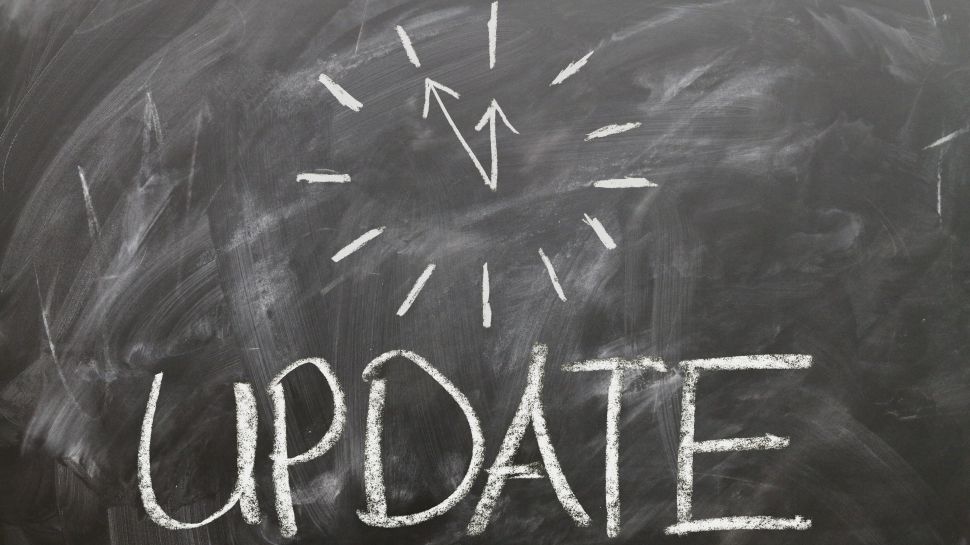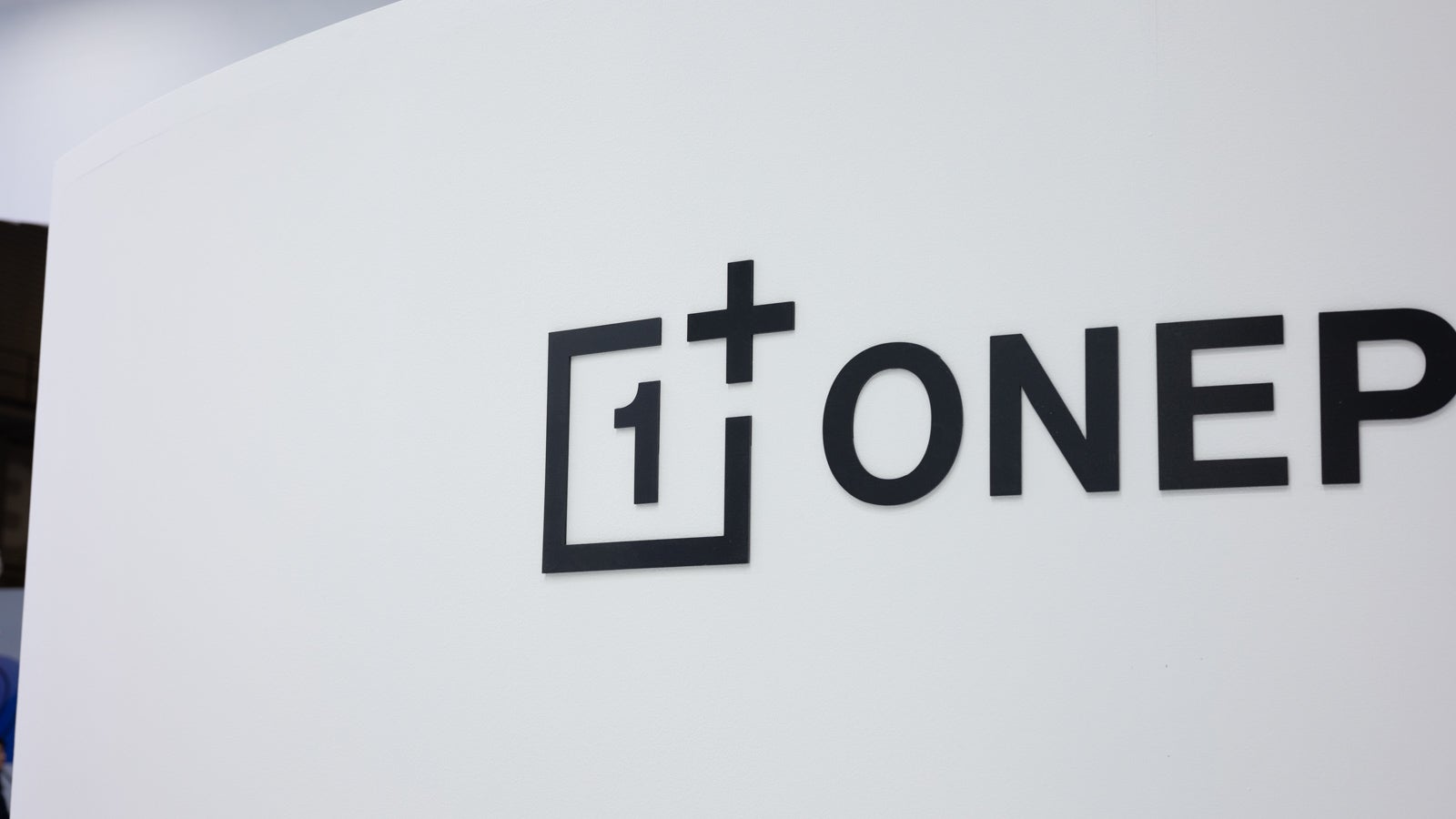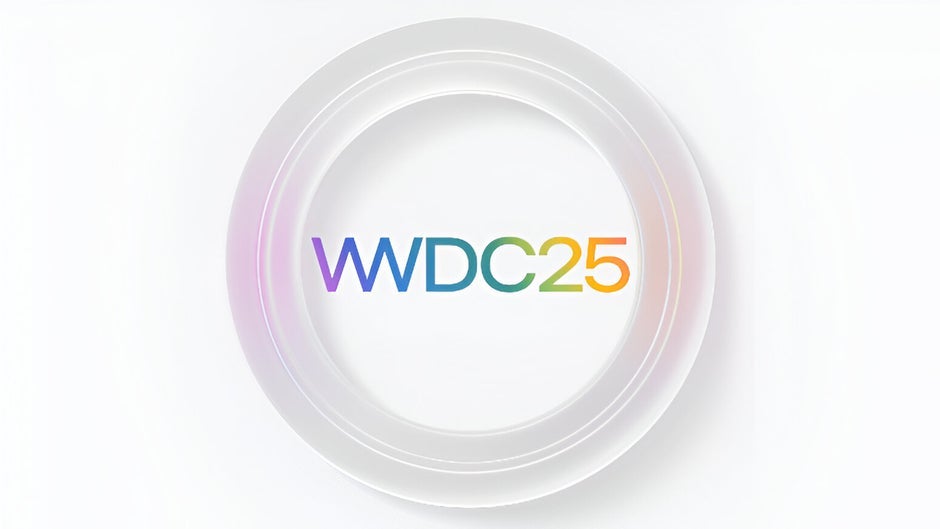The Y2K Bug: The $600 Billion Glitch That Didn’t Crash the World
The Y2K bug was the $600 billion crisis that never happened—thanks to one of the greatest global tech mobilizations in history. Dive in to uncover how coding foresight and teamwork saved the digital world before midnight struck!


Imagine a world where a simple two-digit date format could potentially bring global systems to a halt. Welcome to the late 1990s, when the "Y2K bug" had everyone from techies to world leaders on edge. Let's delve into this fascinating chapter of technological history.
What Was the Y2K Bug?
In the early days of computing, memory was a precious commodity. To conserve space, programmers represented years using two digits—so "1999" became "99." This shortcut worked fine until the year 2000 approached. Systems might interpret "00" as 1900, leading to errors in calculations, data storage, and system operations. The potential consequences? Disrupted banking systems, faulty air traffic controls, and malfunctioning power grids.
The Price Tag: $300–$600 Billion
Addressing the Y2K issue wasn't cheap. Research firm Gartner estimated global remediation costs between $300 billion and $600 billion. These funds were allocated to:
- Code Audits: Reviewing and updating millions of lines of code.
- System Upgrades: Replacing outdated hardware and software.
- Testing: Ensuring systems functioned correctly post-fix.
- Contingency Planning: Preparing backup plans in case of failures.
In the U.S. alone, the federal government spent over $8 billion on Y2K fixes. Major corporations also invested heavily; for instance, Citicorp allocated approximately $600 million to address the bug.
The Human Effort Behind the Fix
The Y2K remediation was a colossal endeavor:
- Global Collaboration: Governments and private sectors worldwide joined forces.
- Workforce Mobilization: Thousands of IT professionals worked tirelessly, often around the clock.
- Public Awareness: Campaigns educated the public and businesses about potential risks and solutions.
This unprecedented collaboration showcased humanity's ability to unite against a common technological threat.
The Outcome: Much Ado About Nothing?
As the clock struck midnight on January 1, 2000, the world held its breath. But the anticipated chaos? It largely didn't materialise. While there were minor glitches—like some incorrect date displays—major systems remained operational. This success wasn't due to the threat being overblown but because of the extensive preparations undertaken globally.
Lessons Learned
The Y2K experience offers valuable insights:
- Proactive Measures Work: Early identification and remediation can prevent potential disasters.
- Global Cooperation is Key: Collaborative efforts can tackle even the most daunting challenges.
- Continuous Vigilance: As technology evolves, new challenges will arise, necessitating ongoing attention and adaptability.
The Y2K bug serves as a testament to the importance of foresight in technology. While the world averted disaster, it was a wake-up call about the vulnerabilities inherent in our digital infrastructure. As we continue to innovate, let’s remember the lessons from Y2K to build a more resilient technological future.
Edited by Rahul Bansal





































































































































































![[The AI Show Episode 145]: OpenAI Releases o3 and o4-mini, AI Is Causing “Quiet Layoffs,” Executive Order on Youth AI Education & GPT-4o’s Controversial Update](https://www.marketingaiinstitute.com/hubfs/ep%20145%20cover.png)






























































































































![[DEALS] Microsoft 365: 1-Year Subscription (Family/Up to 6 Users) (23% off) & Other Deals Up To 98% Off – Offers End Soon!](https://www.javacodegeeks.com/wp-content/uploads/2012/12/jcg-logo.jpg)


![From Art School Drop-out to Microsoft Engineer with Shashi Lo [Podcast #170]](https://cdn.hashnode.com/res/hashnode/image/upload/v1746203291209/439bf16b-c820-4fe8-b69e-94d80533b2df.png?#)











































.jpg?#)


.jpg?#)



























































































_Inge_Johnsson-Alamy.jpg?width=1280&auto=webp&quality=80&disable=upscale#)









































































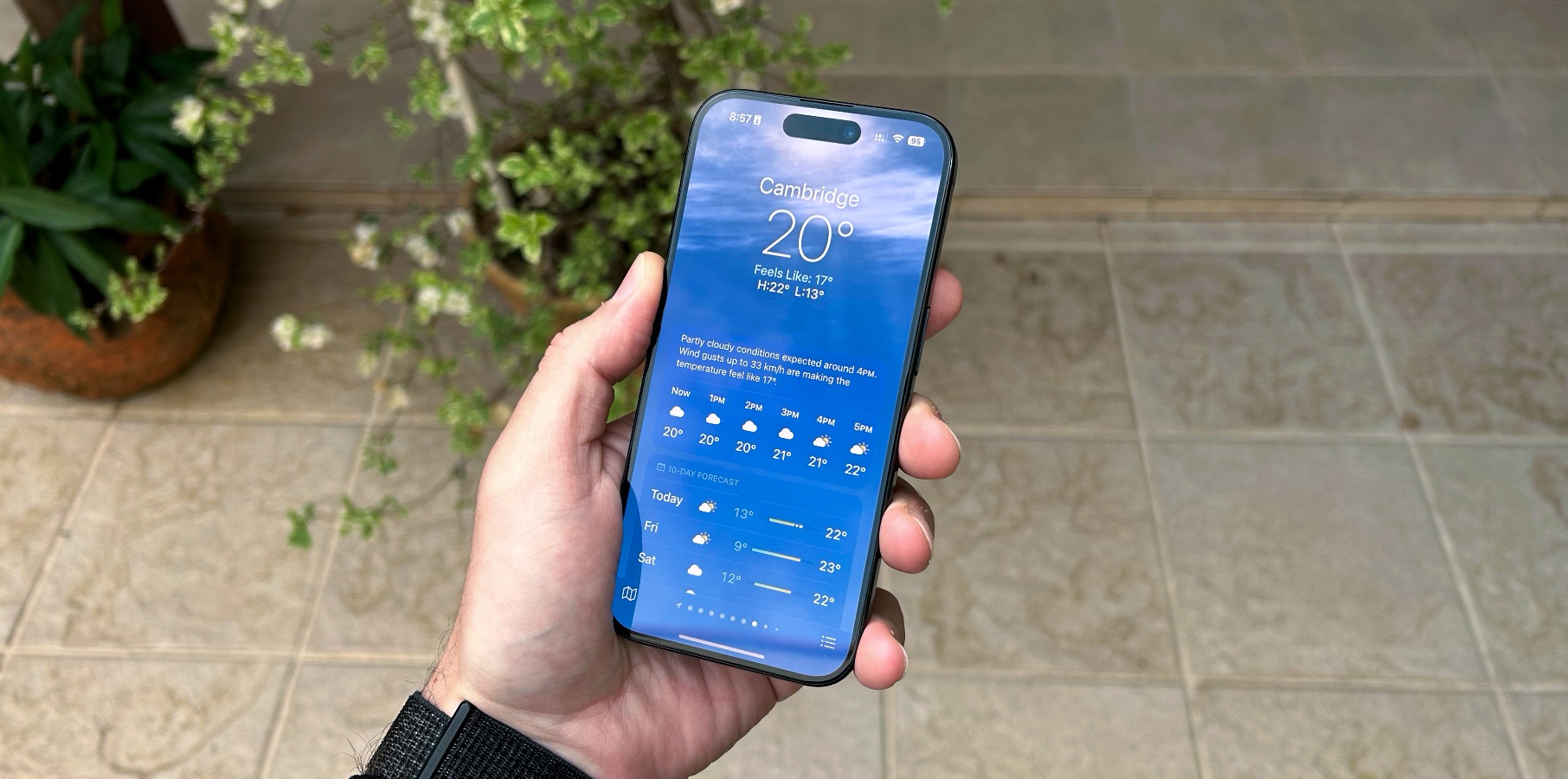







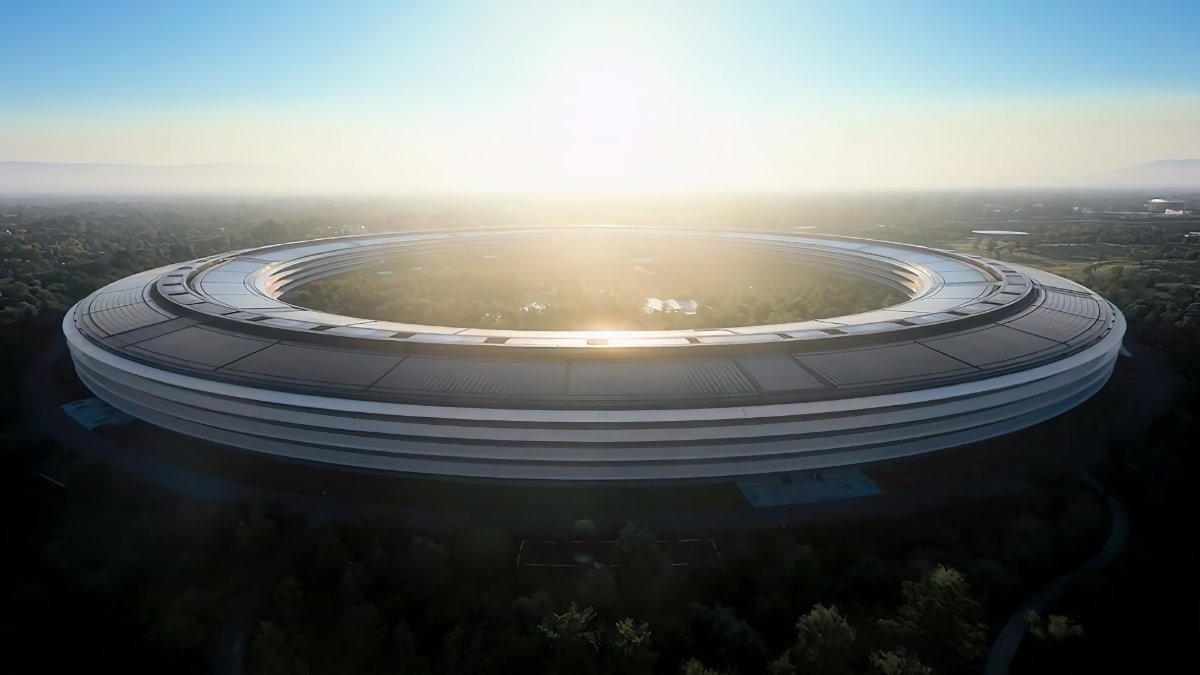

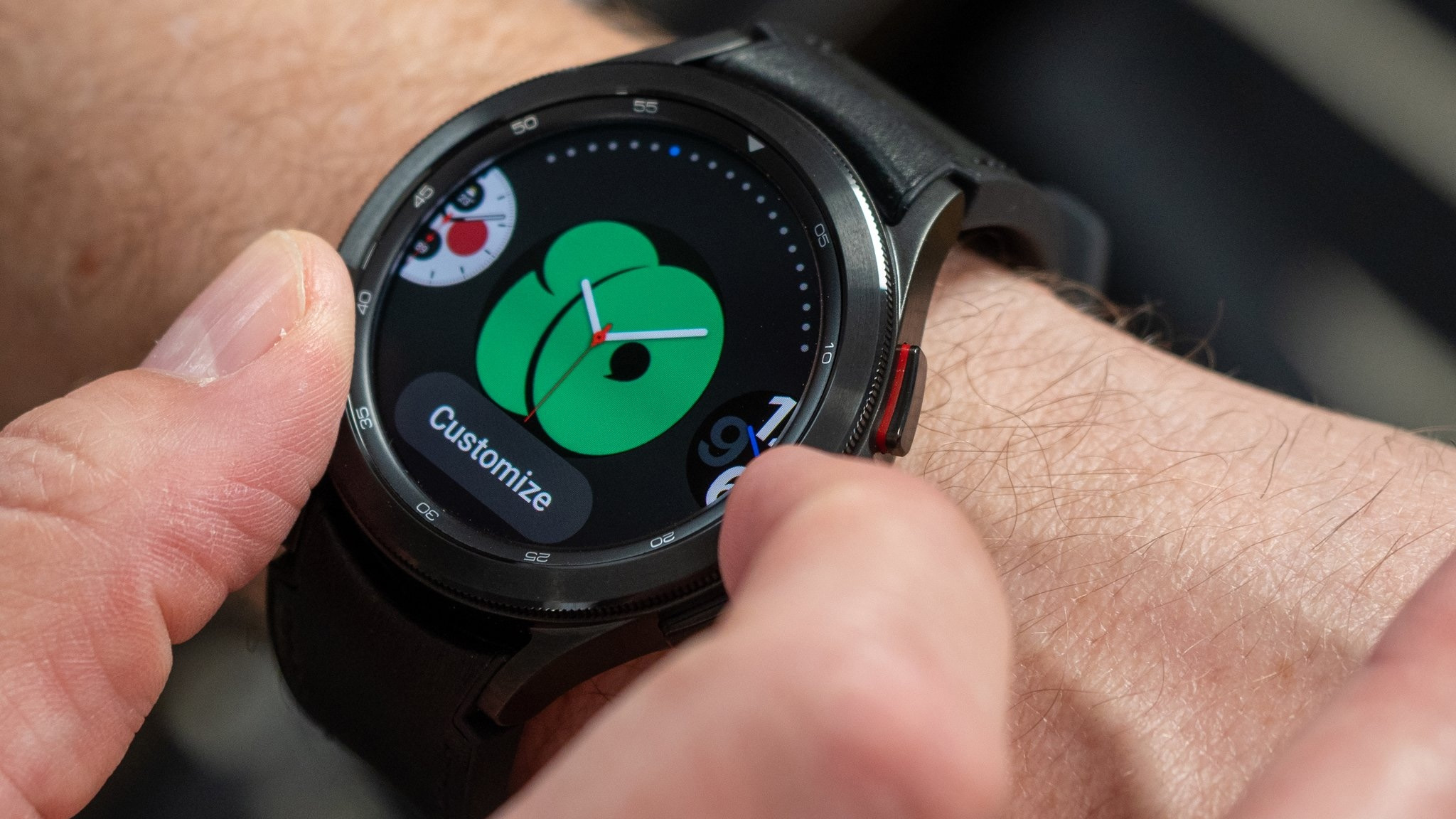

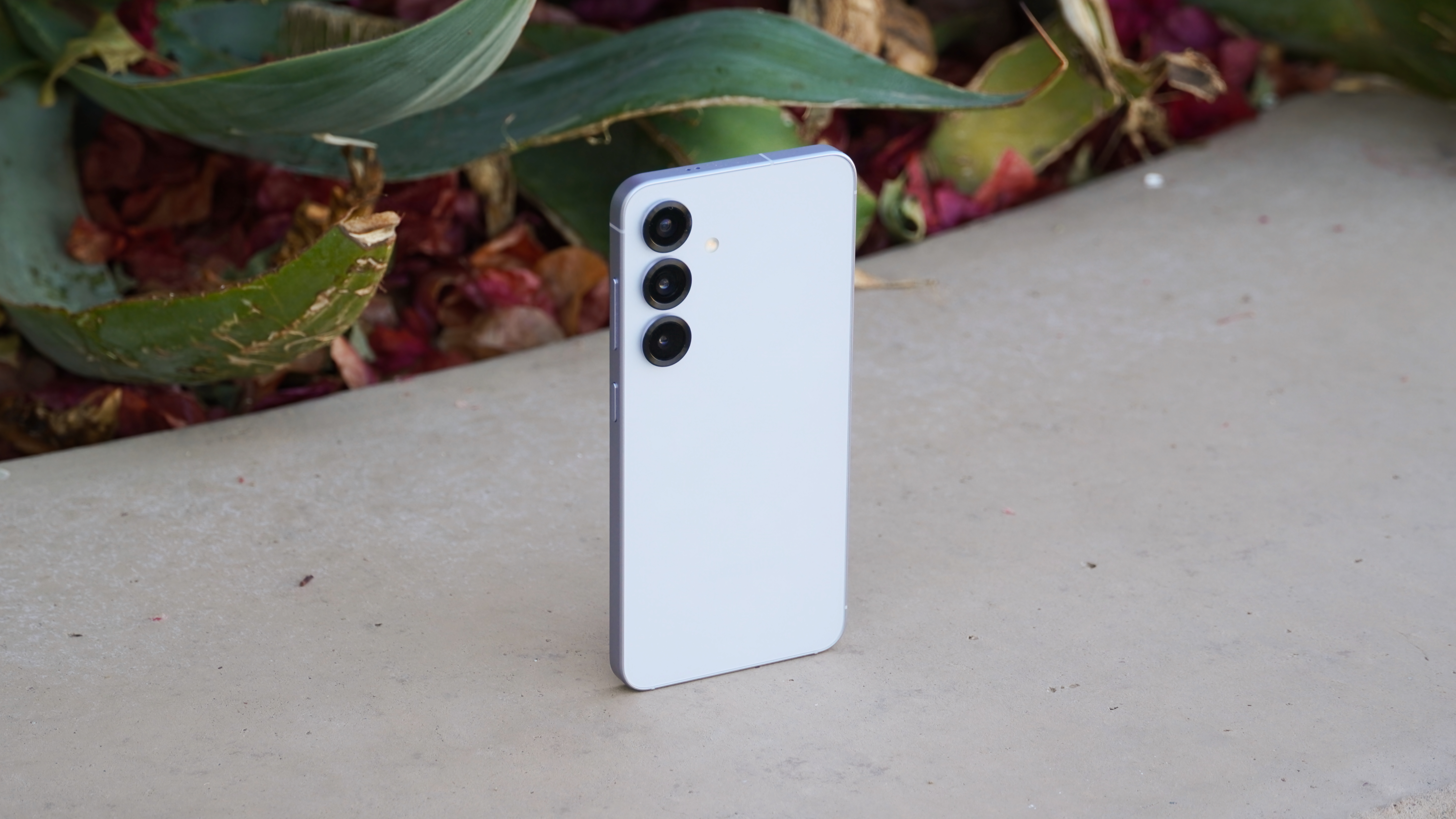




















![Alleged iPhone 17-19 Roadmap Leaked: Foldables and Spring Launches Ahead [Kuo]](https://www.iclarified.com/images/news/97214/97214/97214-640.jpg)

![New Apple iPad mini 7 On Sale for $399! [Lowest Price Ever]](https://www.iclarified.com/images/news/96096/96096/96096-640.jpg)
![Apple to Split iPhone Launches Across Fall and Spring in Major Shakeup [Report]](https://www.iclarified.com/images/news/97211/97211/97211-640.jpg)

















